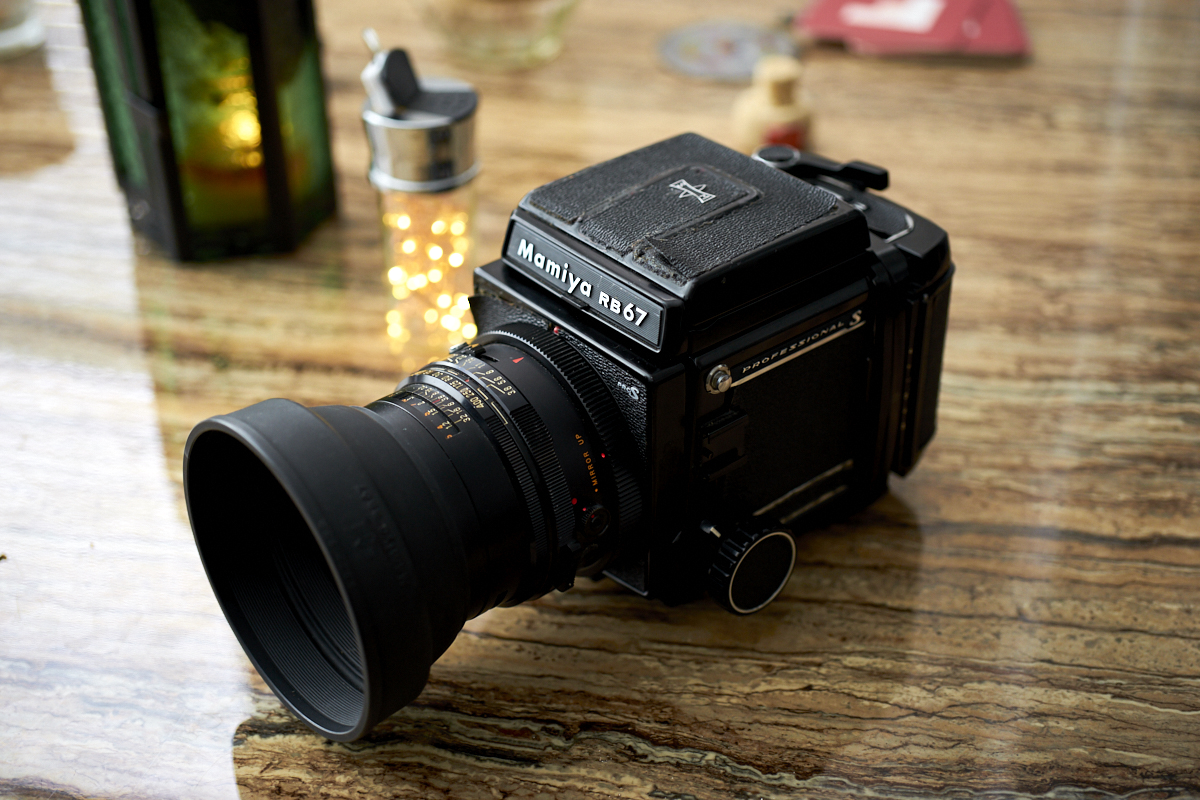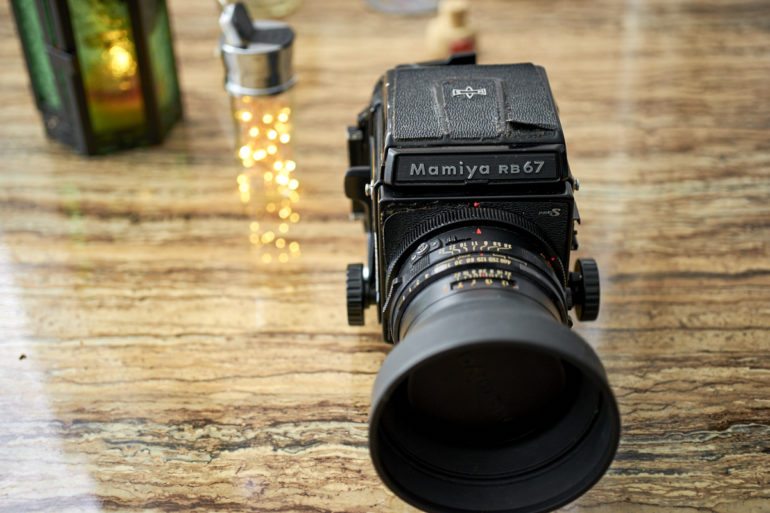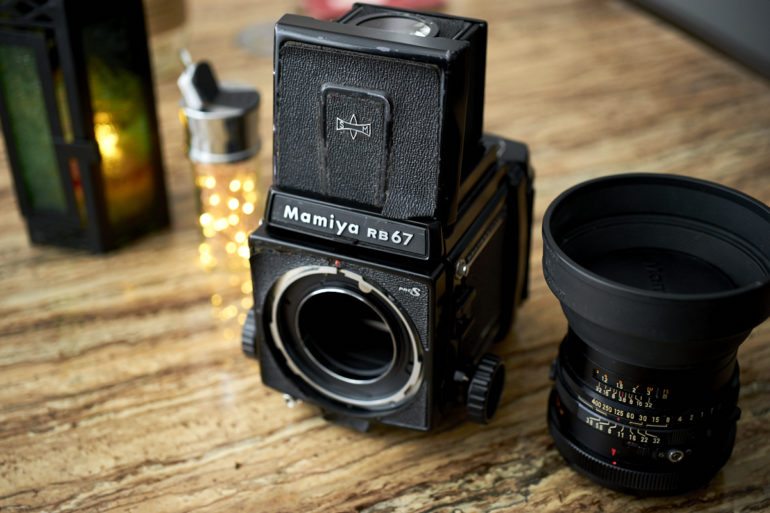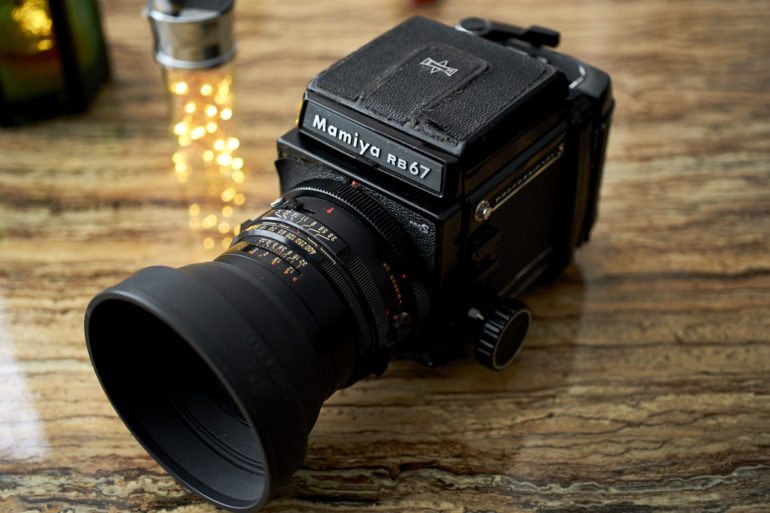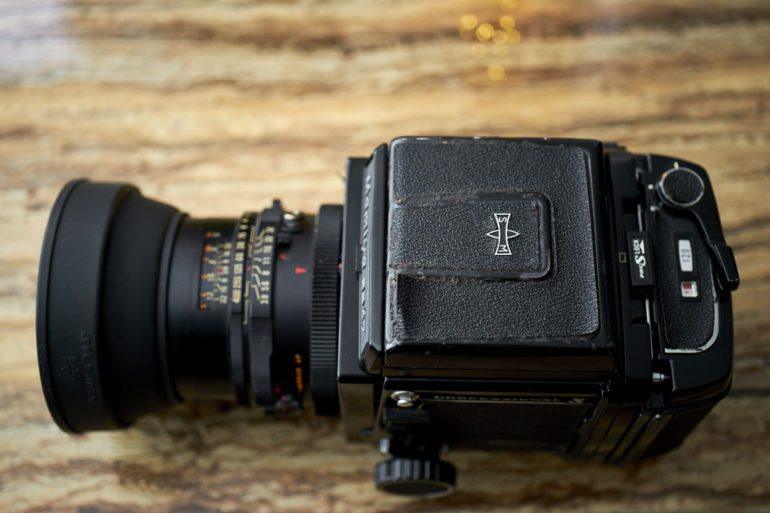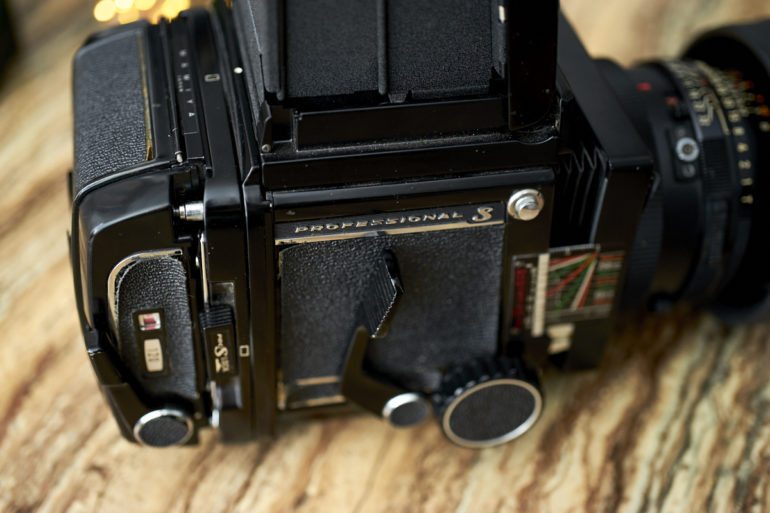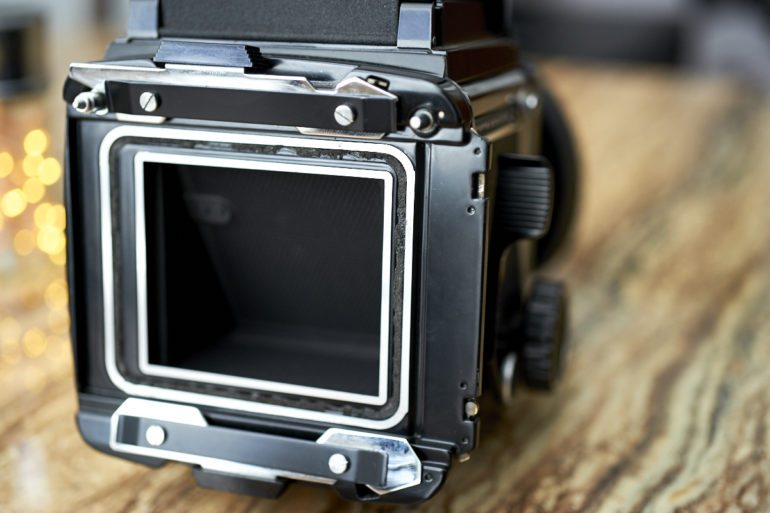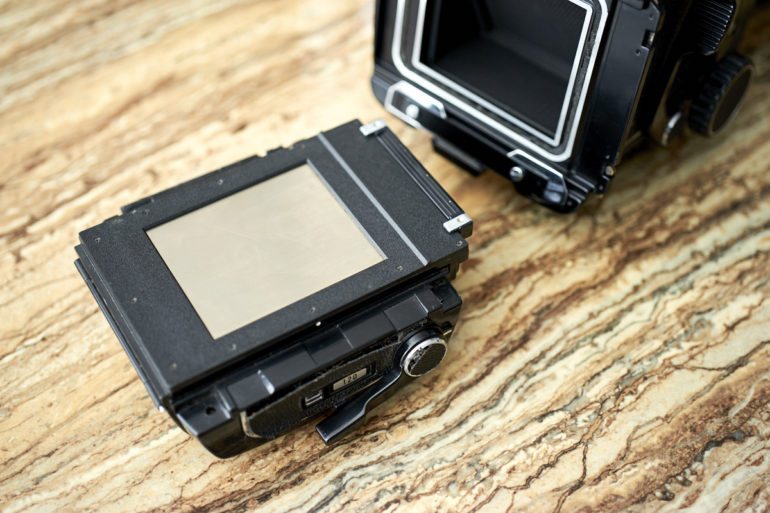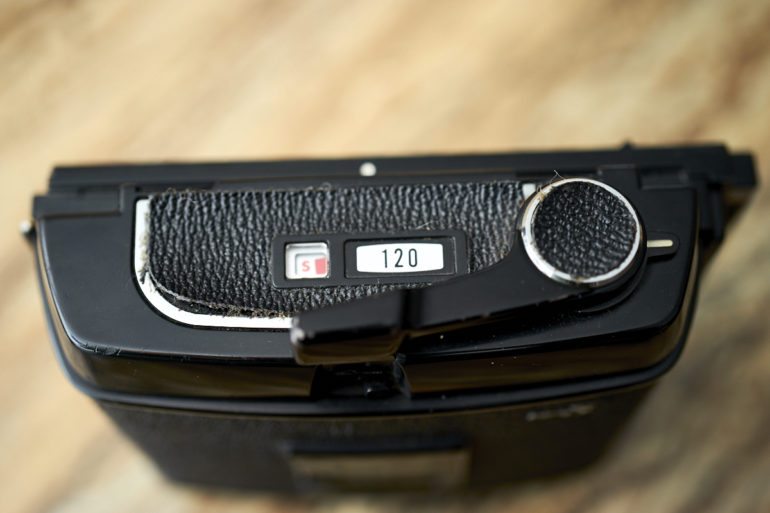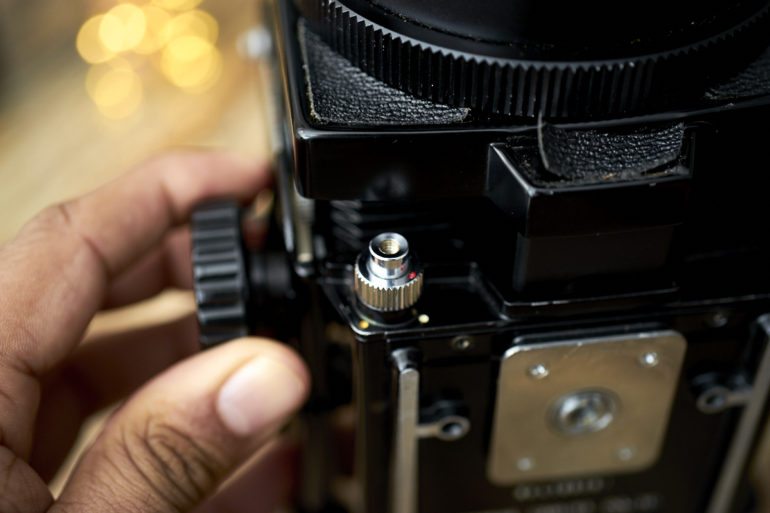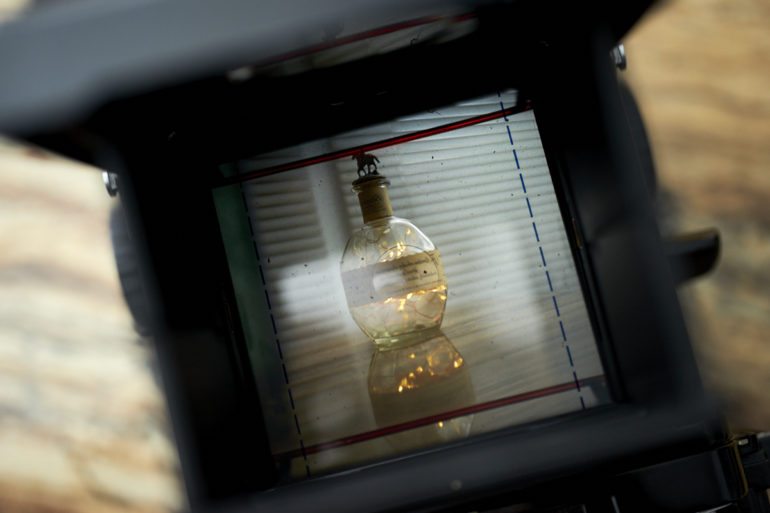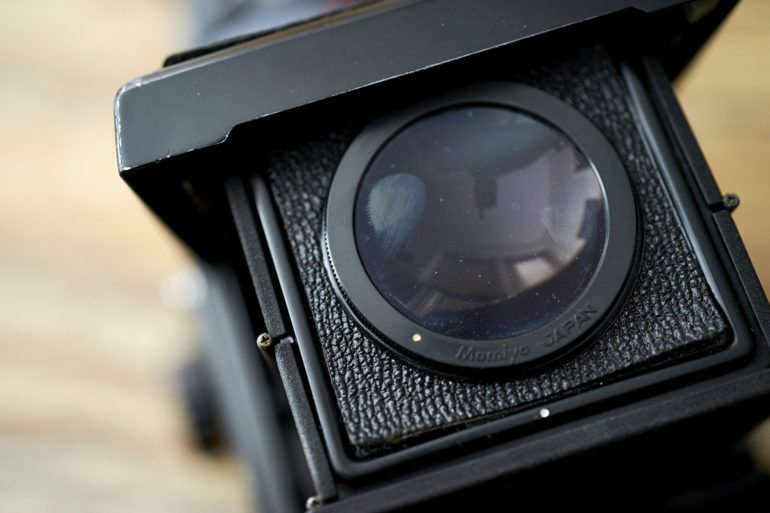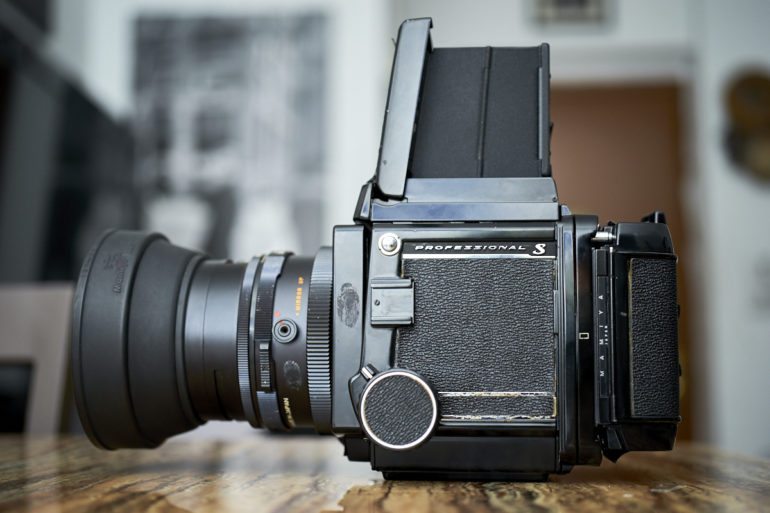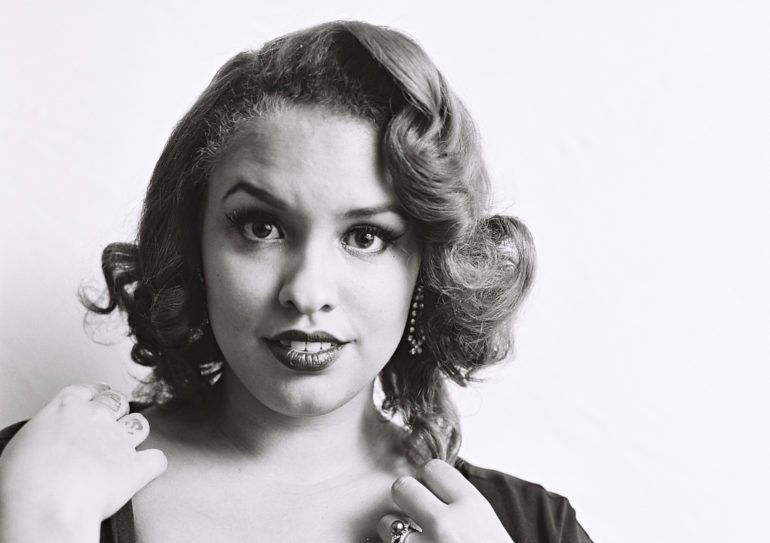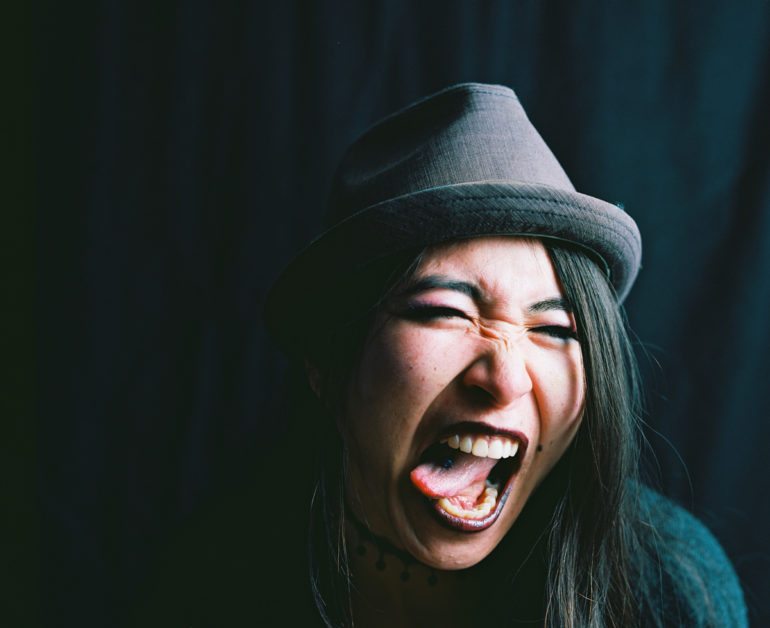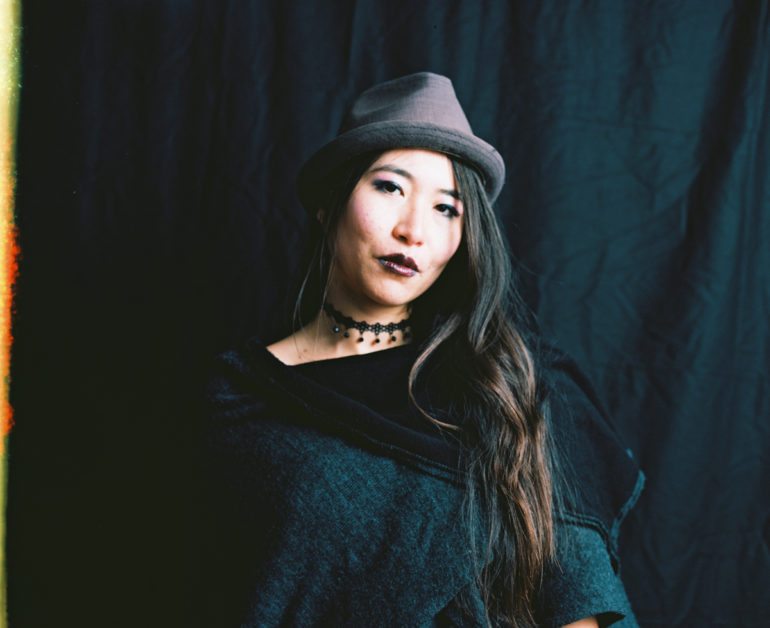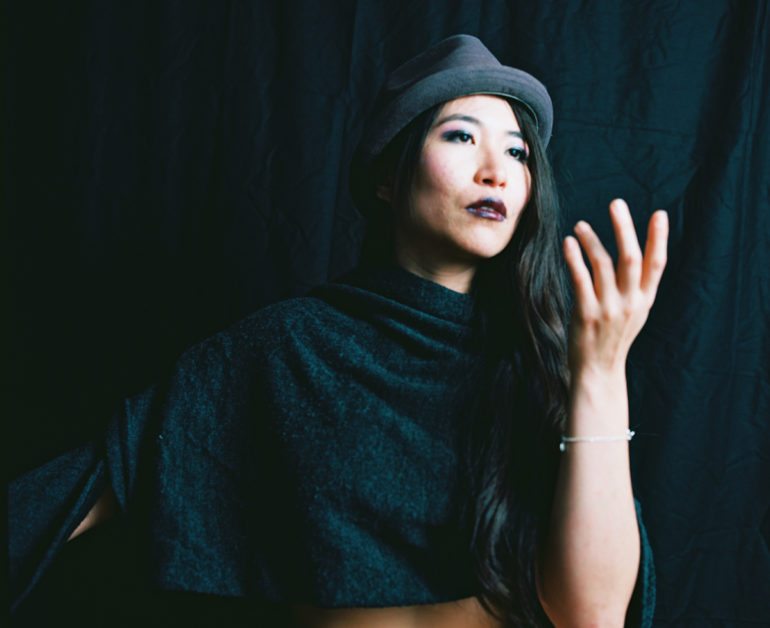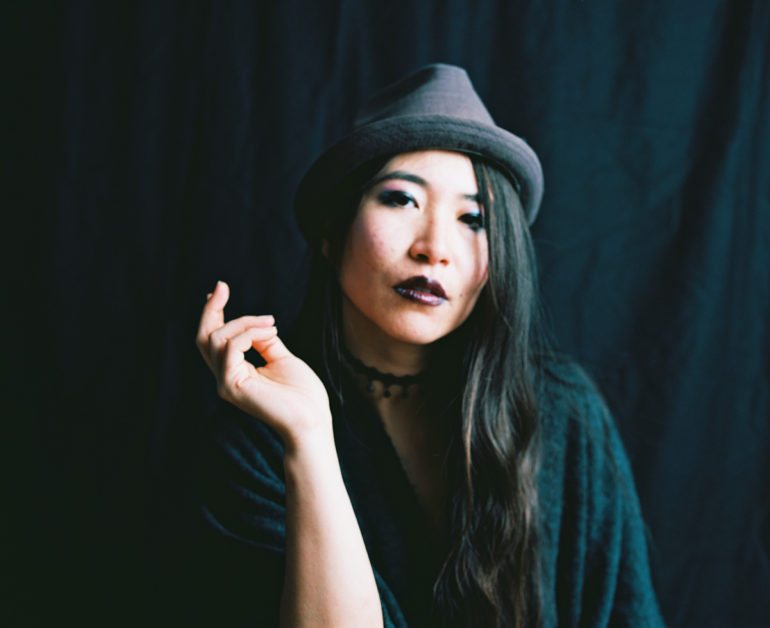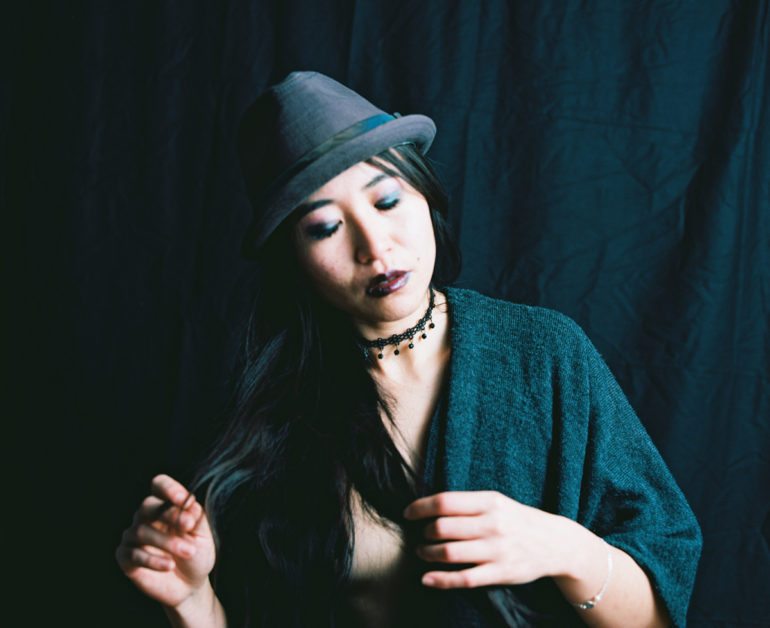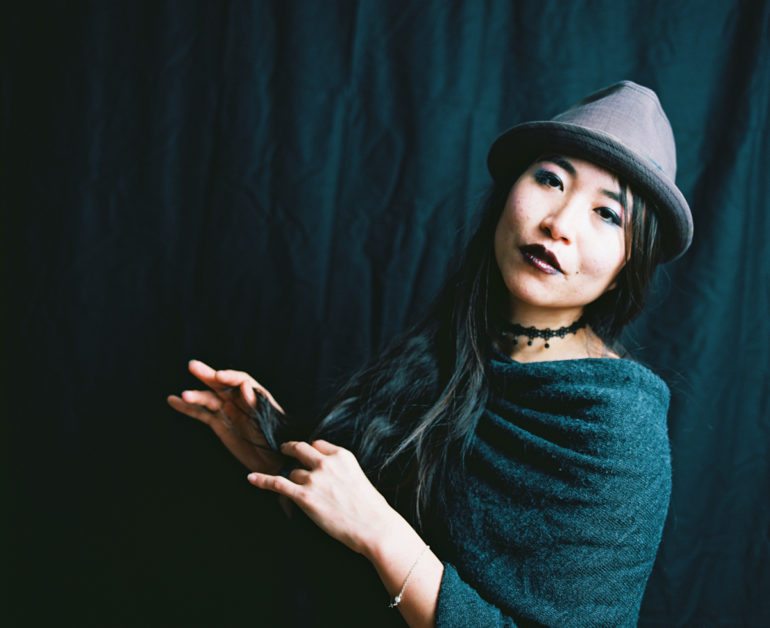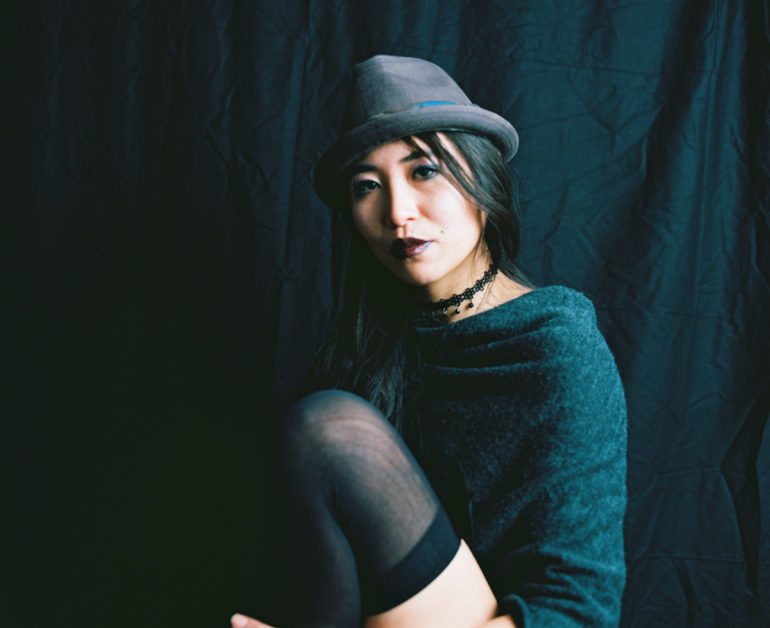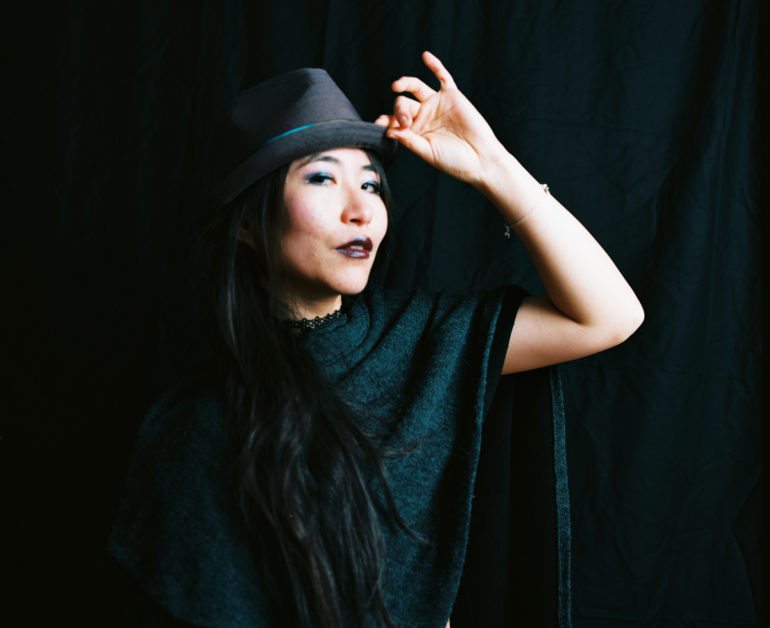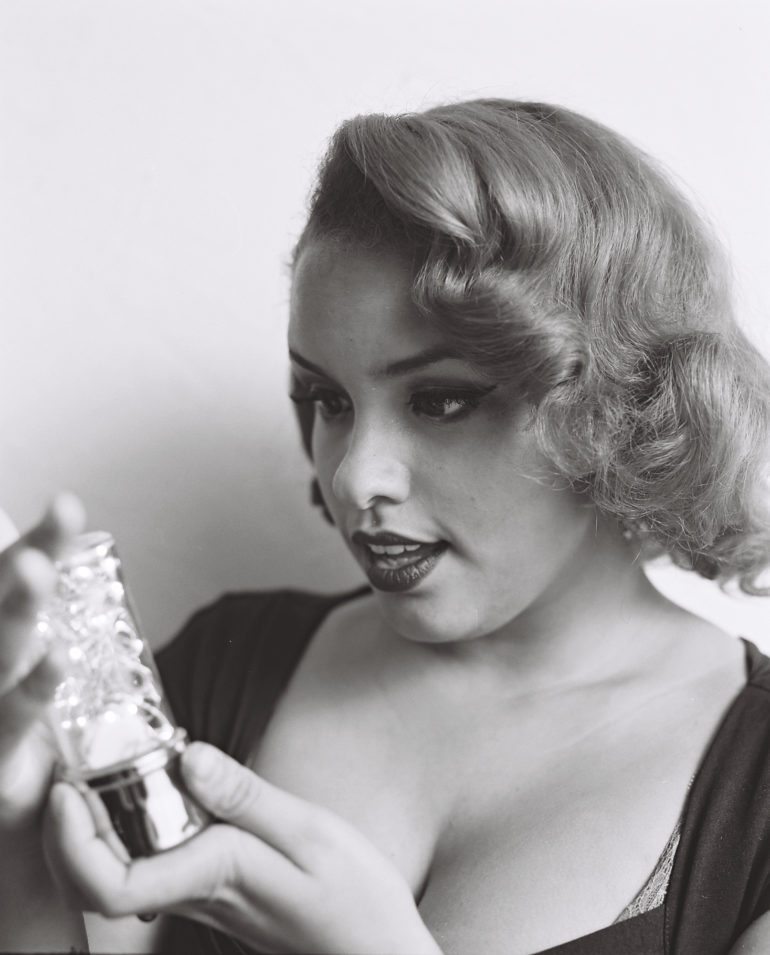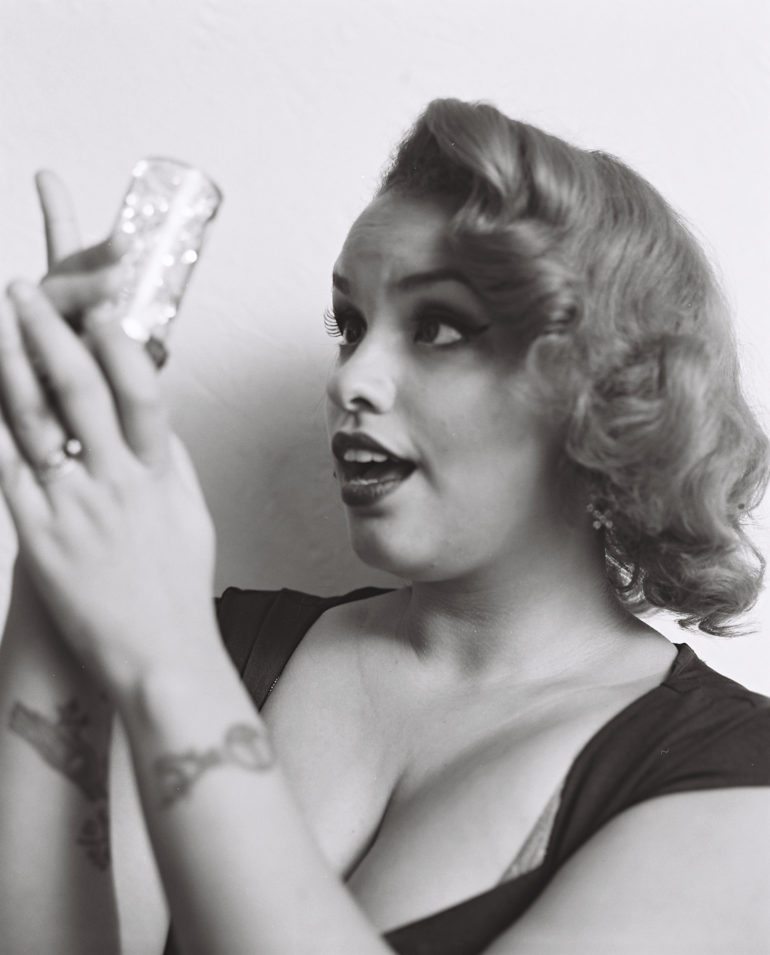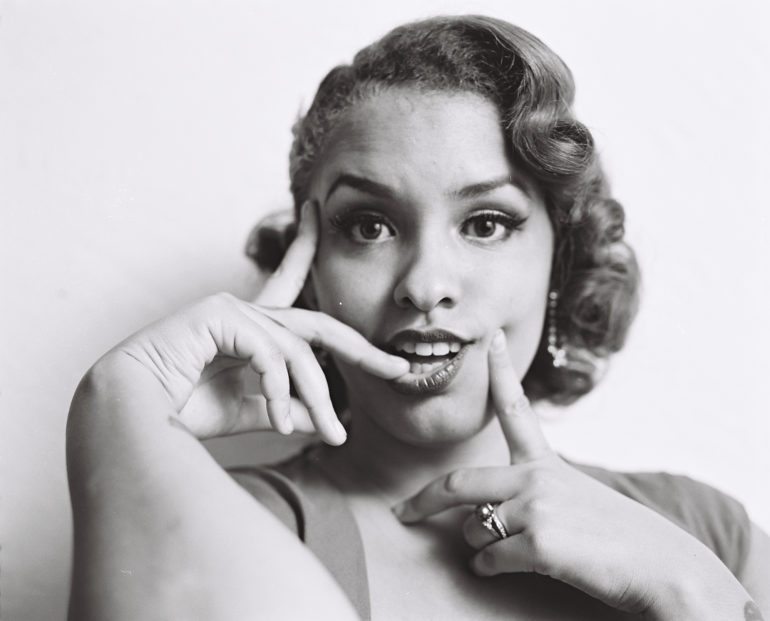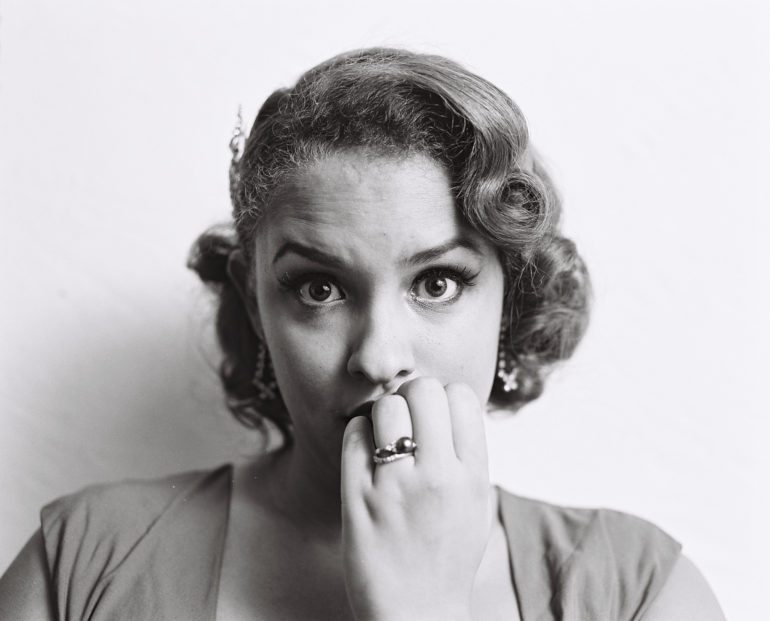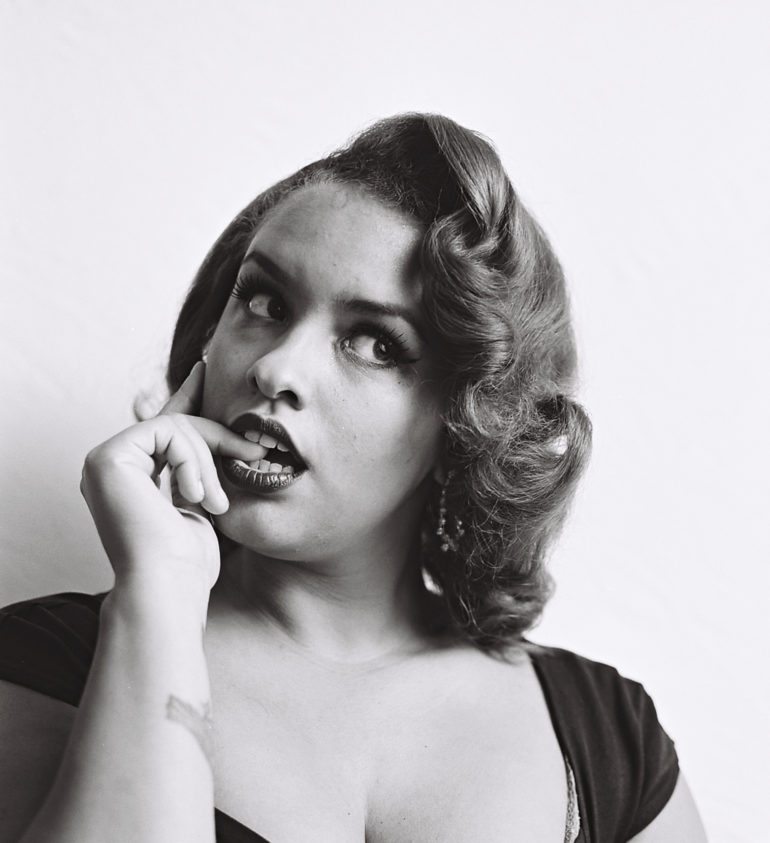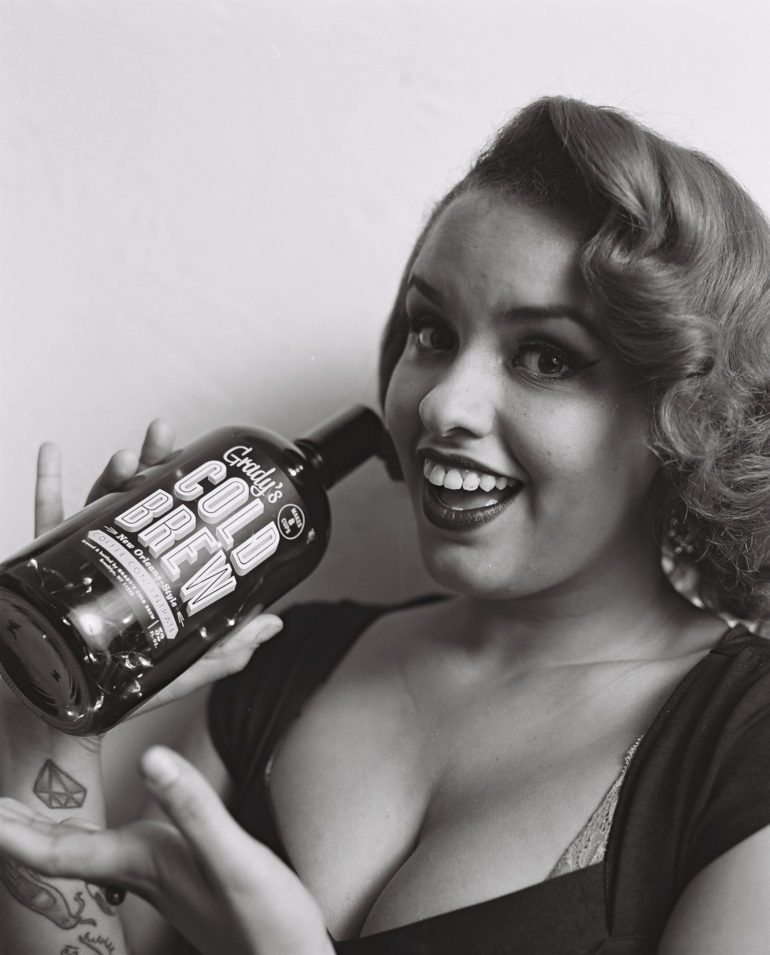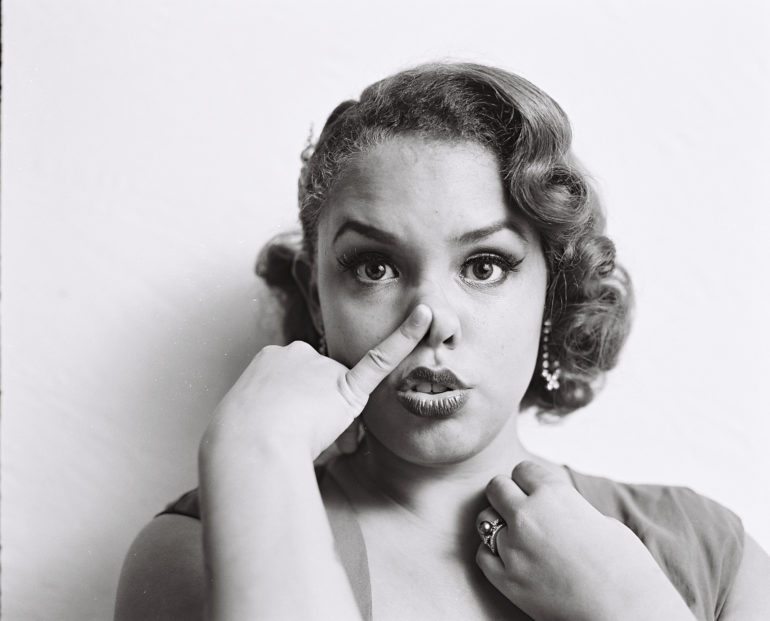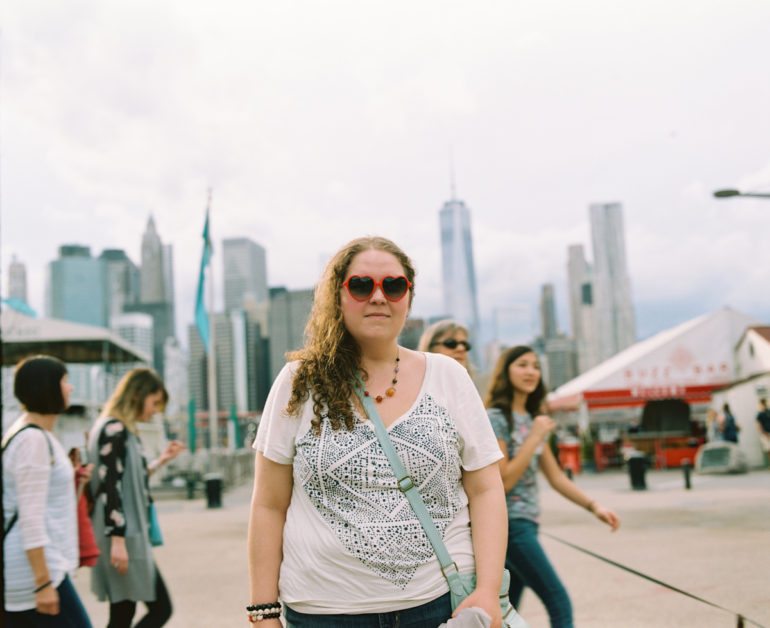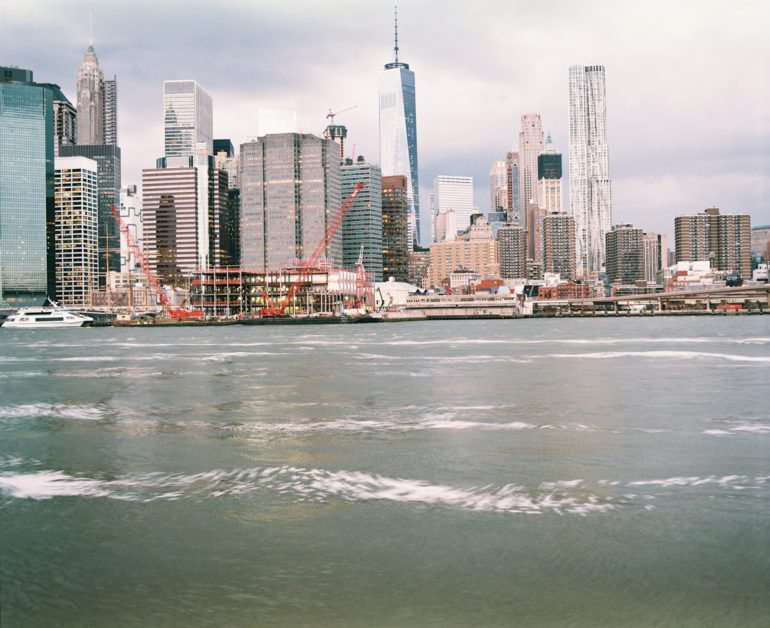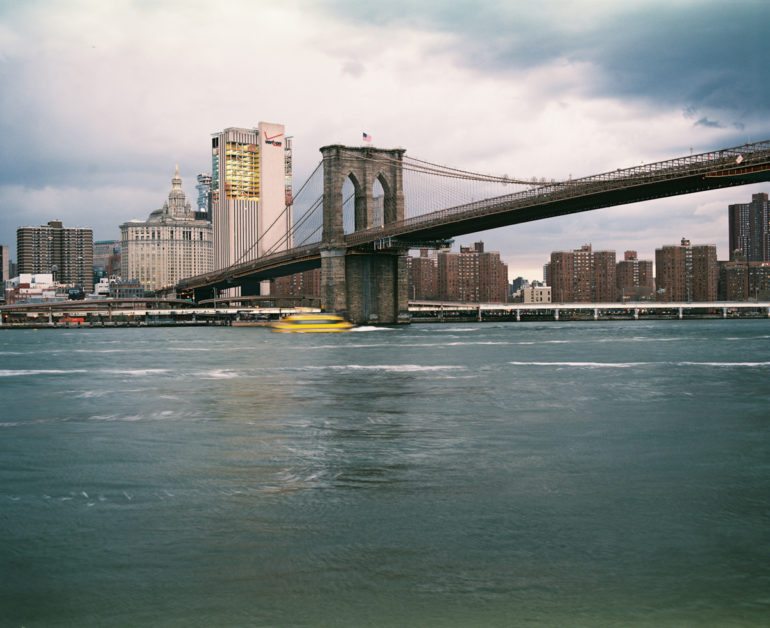Last Updated on 08/31/2021 by Chris Gampat
A few years ago, I was told that a Hasselblad digital camera was going to kill the 120 format of film. At the time, I was absolutely astounded. For many years, I believed it to a certain point. 645 digital is good; in fact, it’s very good. But very few pieces of work out there have really delivered to me what I feel is that true medium format look. It’s what so many photographers strive for. But if you’re working with a camera like the Mamiya RB67 Pro-S, it’s impossible to not get that look you’re craving. A true workhorse camera for a portrait or landscape photographer, this camera has been in my arsenal for a fair amount of time now and I’ve often considered it to be my crown jewel.
If anything, it’s proven that 645 digital is close to the larger formats of 120 film, but it still isn’t totally there to me.
Pros and Cons
Pros
- Fully analog. No electronics inside whatsoever.
- Big, heavy, beautiful feeling piece of machinery
- Fantastic lenses
- Very bright viewfinder
- Built like a goddamn tank
- Very smooth and precise focusing
- Ability to flip from landscape to portrait perspective
- Lots of steps to put into place that really lock you into the process of shooting.
Cons
- Not recommended for the inexperienced photographer at all.
Tech Specs
Mamiya lists these on their website. You should know that it’s a 6×7 format camera, the aperture and shutter controls are around the lens, and there is no light meter built in.
Ergonomics
The Mamiya RB67 Pro-S is an SLR style camera with all the moving parts that one can and should expect at the medium format level of cameras. Being a 67 format camera, it’s pretty large. One of the different things about a camera like this is that the lenses themselves have the screw and connection built in. You’ll need to unscrew the ring on the lens that mates it to the camera.
The lenses like this 90mm f3.8 have a rubber lens hood that collapses and is well built. In the camera’s most compacted form, this is what it looks like.
On top of the Mamiya is the screen that folds down. Like most other ground glass screens, you simply pull it up and it snaps into place.
At the side is the shutter recock lever. So every time you take a photo, you’ll need to push this forward and back. Focusing is done via the bottom knobs, and in this configuration the back is set to portrait mode. One of the best things about this camera is that you don’t need to rotate it on the tripod to shoot portrait mode, the back will do it for you.
This is where the back connects to. From here you can connect a 120 or Polaroid back. The backs stay in place via the locked mechanisms on top and bottom. Sometimes they need to be dislodged by pressing the little tabs on the right.
It’s an incredibly well made and thought out camera!
Here’s what one of the backs looks like with the dark slide in. It’s often best to connect it to the camera landscape style and then flip the entire back portrait style if you need to.
On top of the back, you’ll find the film counter and the advance. Basically, every time you shoot you’ll need to recock the shutter and advance the film individually. It’s a process.
Then there is the shutter release. It’s that silver button and it placed in a very typical spot for a medium format SLR.
When you lift the viewfinder hood up, you’ll see this screen. It’s big, bright, and clear. Admittedly, I’m legally blind, so it can be tough for me personally to get something in focus.
The screen and hood comes with a built in magnifier. You just need to press a button on the side of the hood.
Build Quality
This thing is a beast. There are no electronics built in. It’s big, it’s heavy, and it’s a serious camera. It’s been through some torture and survived with the snow. In my experiences, everything down to the lens bellows are built extremely well.
If you’re a fan of a truly analog experience, then this is the camera to get. Everything is done manually and mechanically. You surely should read up on it before majorly diving in, but know that using this camera requires a completely different frame of mind.
Ease of Use
Let’s be honest here, this is also a pretty complicated camera to use. Staffers of mine have figured it out, but they’ve got medium format experience. When I first bought it, it took some time for me to adapt from the Bronica ETRS. The focusing requires using bellows, the shutter is recocked individually from the film advancement, the camera can have its back twisted to shoot portrait style, the exposure parameters are set around the lens, and there is no light meter built in. With that last one, most of you will probably be scared because you’ve never worked with a light meter. If you work with a light meter, then you won’t have an issue.
Focusing
f3.8 at the 67 medium format level is incredibly shallow. So if you’re shooting portraits, then you’ll need to ensure that they stay very still. Of course, there are also other lenses.
Focusing is done via the viewfinder/ground glass. You’ll need to be careful, deliberate, move it back and forth, and genuinely take your time. Heck, I’d even put a dark black cloth or my jacket over my head to kill more light and therefore make the viewfinder brighter for me to see.
Metering
This camera has no light meter built in, so you’ll need to do it the old school way.
Image Quality (With 90mm f3.8)
Image quality is highly dependent on the lens and film you’re using. But this camera does a fantastic job. I shot with Kodak Ektar, Portra 400, Tri-X, Ilford Delta 400, and some studio lights.
Reminder: I’m legally blind, and so this is the best I could do with manual focus. You’re bound to be able to do better.
Conclusions
The Mamiya RB67 Pro S is a camera meant for the serious photographer that wants to stick to analog. It’s a studio and landscape camera that will most likely require a tripod from you. They’re fantastic to use; but also keep in mind its difficulty. To improve your studio and landscape photography with your camera, head on over to Katebackdrop Blogs to see more.


